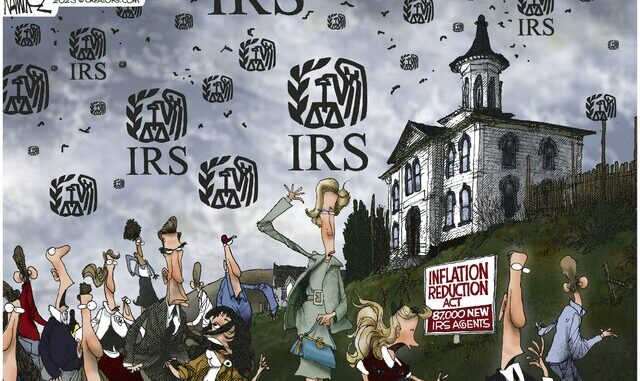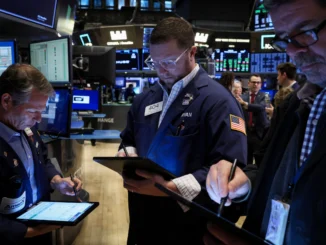
Anyone looking for the reemergence of rampant inflation or an impending recession is not likely to find either in the Federal Reserve’s Beige Book released on Wednesday.
The summary of economic conditions across the central bank’s 12 regional districts is a tool used to help guide interest rate policy and afford a window into how the U.S. economy is doing.
The April release can best be described as ho-hum, perhaps even boring. And that might be just what markets and economists will like. It does little to suggest any change in interest rate policy with the Fed meeting early next month and likely to hike rates by 25 basis points in what could be an end to the most aggressive monetary tightening cycle since the 1980s.
“Overall economic activity was little changed in recent weeks,” the report began. “Expectations for future growth were mostly unchanged as well; however, two districts saw outlooks deteriorate.”
Travel and tourism picked up, labor markets became less tight, residential real estate softened modestly and prices rose moderately but the rate of increases slowed.
In a nutshell, a slow growth, less inflationary economy that will give some credence to the idea the Fed is piloting the economy to a soft landing – until the next economic data suggests otherwise.
“The Fed’s just released Beige Book indicates econ activity & the outlook was little changed in recent weeks, while consumer spending & manufacturing were flat to slightly down. Additionally, employment growth moderated & the rate of price increases seem to be slowing,” Liz Young, head of investment strategy at SoFi, tweeted shortly after the release.
Curt Long, chief economist at the National Association of Federally-Insured Credit Unions, said the latest beige book “tracks with recent economic releases showing modest declines in consumption, hiring, and price growth. But the overall tenor of the report was that conditions remained stable in the immediate aftermath of bank failures. Nothing in the report would appear to prevent a 25-basis point rate hike in early May, which is NAFCU’s expectation.”
Another read on the overall economy will come Thursday when the Conference Board reports its leading economic index for March with forecasts looking for another monthly decline of between 0.7% and 1% following February’s 0.3% drop.
“The combination of persistently elevated prices, high interest rates and now tightening credit conditions will weigh on business investment, consumer spending and the transactions markets in the coming months,” EY Chief Economist Gregory Daco said. “Even though the economy is not currently displaying broad-based economic imbalances, recessions are often nonlinear psychological events that unfold rapidly.”
“We continue to see a midyear modest recession with a peak to trough GDP contraction around 0.7%,” Daco added. “We forecast real GDP will grow 0.9% in 2023 and 1.2% in 2024, after a 2.1% advance in 2022.”
One area that economists are watching is the health of the consumer, who makes up roughly 70% of the nation’s economic output. Loan delinquencies have been rising and credit usage overall is up.
But Silvio Tavares, president and CEO of credit rating firm VantageScore, says that “The average consumer is very healthy from a credit perspective.”
“The big question is will that last,” Tavares adds. “We’re starting to see some trends it might not.”
Between now and the Fed’s May meeting, economic data will be scrutinized heavily for any signs that the labor market is easing more along with wage inflation and other measures of rising prices such as apartment rents and used car prices.
“One main theme from the beige book is the slowdown in consumer prices,” said LPL Financial Chief Economist Jeffrey Roach. “Markets and policy makers alike will be pleased with the progress in the battle with inflation.”
Source: www.usnews.com



